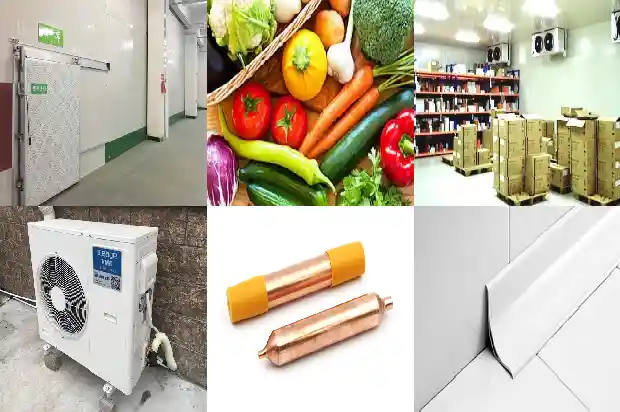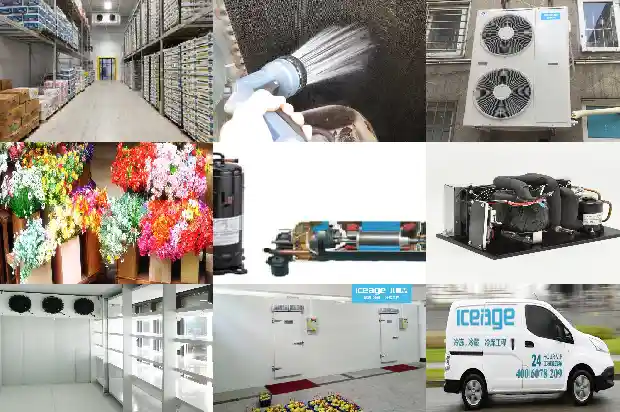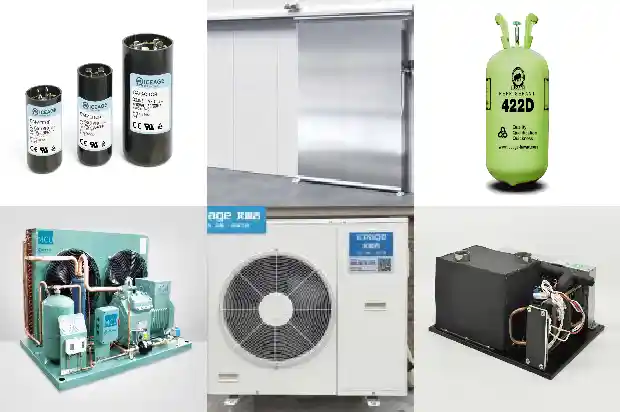What Causes Noise in Pressure Reducing Valves?
2024-09-30
The main reasons for the noise generated by pressure reducing valves can be divided into the following three categories:
- Mechanical vibration noise of pressure reducing valves;
- Hydrodynamic noise;
- Aerodynamic noise.
I. Noise generated by mechanical vibration
The components of the pressure reducing valve will generate mechanical vibration when the fluid flows. Mechanical vibration can be divided into two forms:
① Low-frequency vibration. This vibration is caused by the jet flow and pulsation of the medium. The reasons for its generation lie in the fact that the flow velocity at the outlet of the valve is too fast, the pipeline layout is unreasonable, and the rigidity of the movable parts of the valve is insufficient.
② High-frequency vibration. When the natural frequency of the valve is consistent with the excitation frequency caused by the flow of the medium, the hydraulic control valve will cause resonance. It occurs within a certain pressure reduction range of the pressure reducing valve. Once the conditions change slightly, the noise changes greatly. This mechanical vibration noise has nothing to do with the flow velocity of the medium. It is mostly generated due to the unreasonable design of the pressure reducing valve itself. Measures to reduce mechanical vibration noise are to reasonably design the gap between the pressure reducing valve bushing and the valve stem, machining accuracy, the natural frequency of the valve and the rigidity of movable parts, and correctly select materials.
II. Hydrodynamic noise
Hydrodynamic noise is generated by the turbulence and vortex after the fluid passes through the pressure reducing port of the pressure reducing valve. The generation process can be divided into two stages:
① Turbulent noise of the electric actuator, that is, the noise generated by the interaction between the turbulent fluid and the pressure reducing valve or the inner surface of the pipeline. Its frequency and noise level are relatively low and generally do not constitute a noise problem.
② Cavitation noise, that is, in the pressure reducing process of the pressure reducing valve, when the fluid flow velocity reaches a certain value, the fluid (liquid) begins to vaporize. When the pressure on the bubbles in the liquid reaches a certain value, it will explode. When the bubble explodes, a very high pressure and shock wave will be generated locally. The instantaneous pressure of this impact can reach 196 MPa.
However, in places far from the explosion center, the pressure decays sharply. This shock wave is a major factor causing cavitation and noise of the pressure reducing valve.
The measure to reduce mechanical vibration noise is that when designing the pressure reducing valve, the pressure reducing value of the pressure reducing valve must be controlled below the critical value, and it is best to be below Δp initial. Because when the actual pressure reducing value of the pressure reducing valve reaches the Δp initial value, the liquid begins to cavitate and the noise will increase sharply. In addition, attention should also be paid to the flow direction of the fluid medium relative to the valve disc.
III. Aerodynamic noise
When compressible fluids such as steam pass through the pressure reducing part in the pressure reducing valve, the mechanical energy of the fluid is converted into sound energy and generated.
In conclusion, fundamentally speaking, the noise generated by pressure reducing valves is related to their own design and manufacturing processes.
Related Articles
- What Are the Common Causes of Cold Air Blower Noise?
- How to prevent vibration and reduce noise in the installation and construction of cold storages?
- Winter Approaches: How to Solve the Low High - pressure Issue of Air - cooled Condensing Units?
- Common Pressure Valves and Protection Devices in Refrigeration Units
- How to Troubleshoot and Repair High - pressure Protection of Air - cooled Units?
- How to Read the High - and Low - Pressure Gauges of Refrigeration Air - conditioners?
- Air - conditioner Low - pressure Alarm? These Nine Common Causes
- Why Does the Evaporation Temperature of the Refrigeration System Drop Too Low? And Why is the Condensing Pressure Too High?
- What are the Cooling and Heating Pressures of an Air Conditioner? How to Calculate the Optimal Refrigerant Quantity?
- Common Causes and Analysis of High and Low Pressure Alarms
- Obscure Knowledge of Static Pressure, Dynamic Pressure, Latent Heat and Sensible Heat in the HVAC Industry
- Multi-split air conditioner: Nitrogen charging for welding, pressure maintaining, vacuuming and refrigerant charging
- Pressure Gauge in Refrigeration Equipment
- Reasons and Solutions for High and Low Condensing Pressure in Air-cooled and Water-cooled Systems
- Principle of Multiple Storages in One Unit and Evaporation Pressure Regulation Methods
- Causes and Solutions for Elevated Pressure in Cold Storage
- Analysis and Treatment of Common Low-Pressure Faults in Chillers
- What are the effects of pressure and temperature on the refrigeration system of a cold storage?
